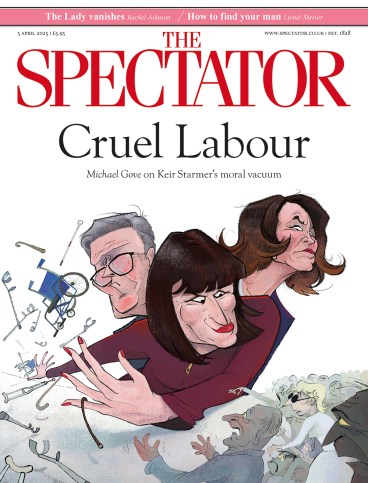
The Italians have a phrase: ‘brutti ma buoni’. It means ‘ugly but beautiful’, and it’s the name they give to their nubbly hazelnut meringue biscuits, which – as the name suggests – taste lovely but aren’t lookers. The phrase came to me the other day when I lifted the lid on my pan of golden syrup dumplings. Because they’re ugly little buggers. They look a little like soggy apple fritters, or even chicken nuggets – am I selling them to you yet? But focus on the buoni, not the brutti: they are absolutely delicious.
Golden syrup dumplings sound as British as queueing. And when you learn they’re essentially scone dough, bathed in lots and lots of golden syrup until plump and cooked, it’s hard to believe they weren’t dreamed up on a particularly grey afternoon on a Yorkshire hill farm. The metallic tang of golden syrup immediately summons up the distinctive green and gold tins of Tate & Lyle, produced in Plaistow, east London since 1885. Surely these must be a British invention?
Well, no, not at all. Golden syrup dumplings are a classic Australian dish, and a beloved one at that. In fact, golden syrup – likely imported from America or the West Indies – was mentioned in the South Australian Register 45 years before Tate & Lyle started marketing theirs commercially. In Australia it was known as ‘cocky’s joy’ or ‘cocky’s delight’ as the tins of syrup were small and portable, so became a favourite of cockies, or small farmers.
Despite our shared love of the syrup, this old-fashioned Australian comfort food isn’t really known here.









Comments
Join the debate for just £1 a month
Be part of the conversation with other Spectator readers by getting your first three months for £3.
UNLOCK ACCESS Just £1 a monthAlready a subscriber? Log in